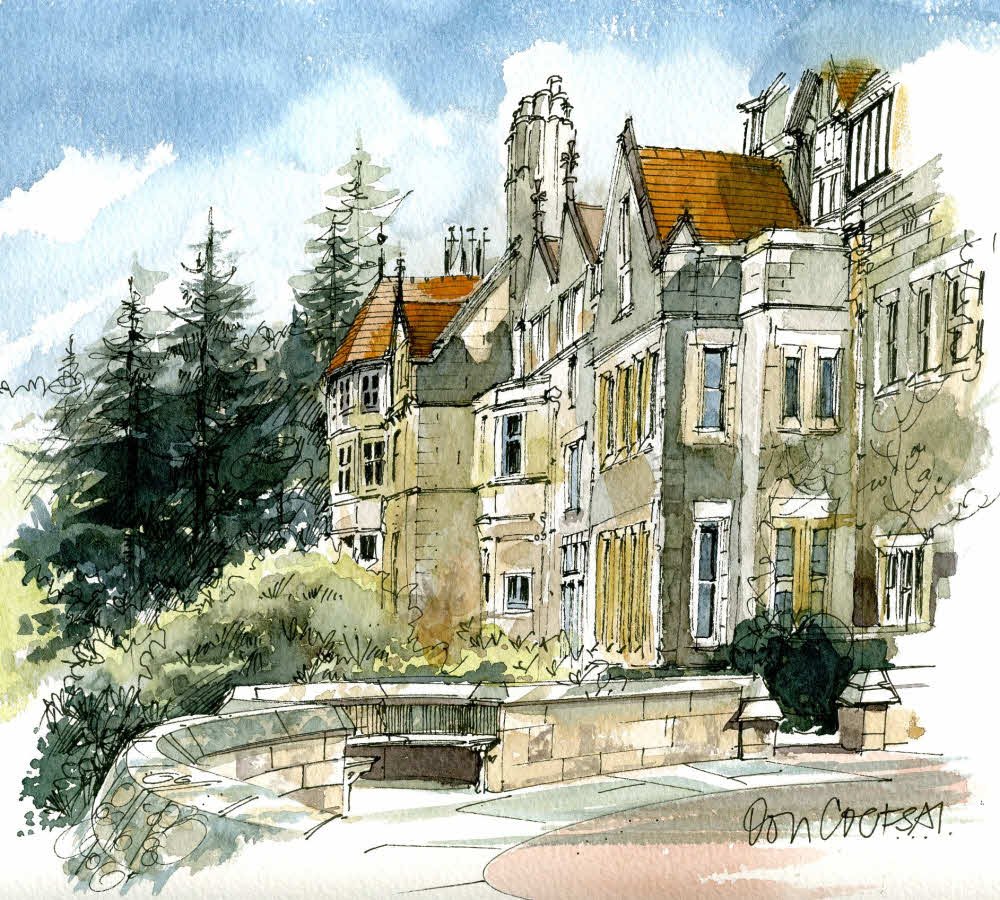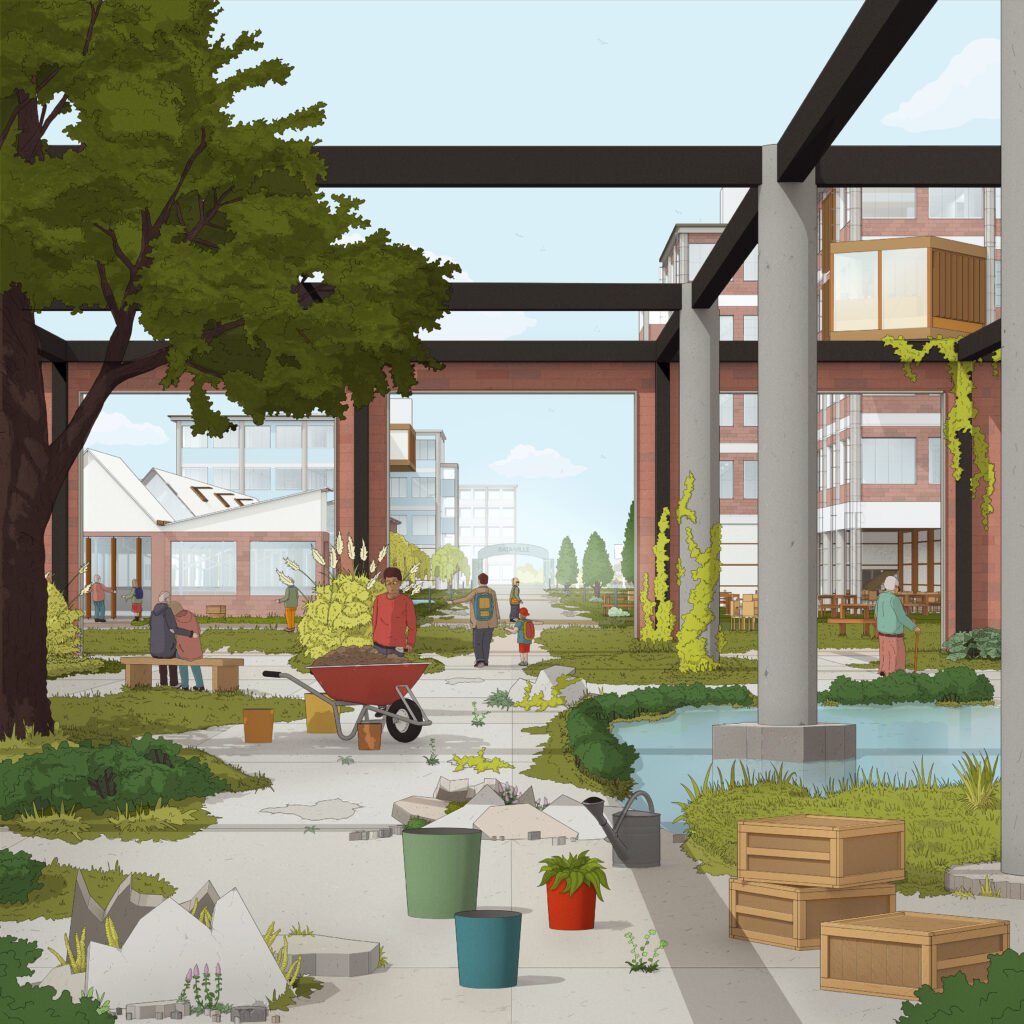Illustrator & Model Maker
Model Making
An architectural model allows your development to be viewed from any angle. The proposed building can be seen within the context of its surroundings, an essential tool for planning application. Design issues can be dealt with at an early stage, thus avoiding costly changes later.
The type of model required can vary greatly, depending on many factors such as the extent of the development; this in turn can affect the scale of the model, level of detail, design stage, usage and budget. The style of model is limited only by the client’s imagination. The model maker works closely with the client’s architect, using the drawings provided. As the model progresses, liaising with the architect ensures all details are accurately represented. With the advent of computer aided design and the laser cutter replacing the scalpel, models can now be produced showing much finer and more accurate detail than ever before without adding to cost. Today, an architectural model represents very good value for money.












